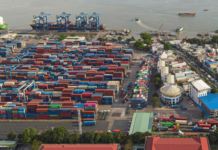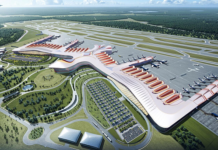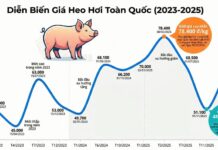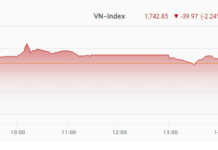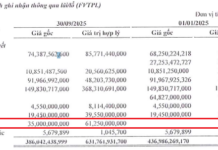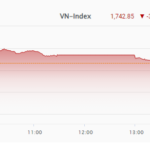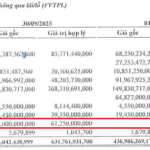While apartment prices in Ho Chi Minh City continue to rise, with many new projects quickly selling out, the market for small alley houses has taken a hit. Many real estate agents lament that houses located in narrow alleys, despite stable or even decreasing prices, remain challenging to sell.
Widening Gap
Accompanying a relative on their house hunt in the alleys, I was introduced to numerous properties with “bargain” prices and easy car access by agents. However, witnessing the reality firsthand revealed a different story, as cars couldn’t navigate through the cramped alleys.
One agent, Ms. Phuong, showed us a house on Nguyen Thien Thuat Street, priced at VND 8 billion. Yet, we had to park our car over 200 meters away and walk, as the alley was too narrow and congested. The living environment was noisy and confined, quickly discouraging any intention to purchase.
Another property on Co Giang Street, with an area of less than 19 square meters, was offered for nearly VND 3 billion. The house was located deep in an alley, barely wide enough for a motorbike and a pedestrian, creating a claustrophobic feeling. After the viewing, my relative immediately abandoned the idea of buying it for rental purposes, as the house was too small to meet the basic needs of long-term tenants.
Mr. Thai, a real estate agent specializing in selling alley houses in Ho Chi Minh City’s inner-city wards, shared that while there are still many small, dilapidated houses in narrow alleys, they are challenging to sell or rent. “Taking pictures for listings isn’t appealing, so we only provide basic information. Even then, most clients aren’t interested after viewing,” Mr. Thai said.
Consequently, the price gap between alley houses accessible by car and those reachable only by motorbike is widening. He illustrated this with an example: a house facing an alley accessible by car on Xo Viet Nghe Tinh Street was listed for VND 9.5 billion, but just a few dozen meters deeper in a smaller alley, the price dropped to VND 4.6 billion, and even then, it struggled to find a buyer.
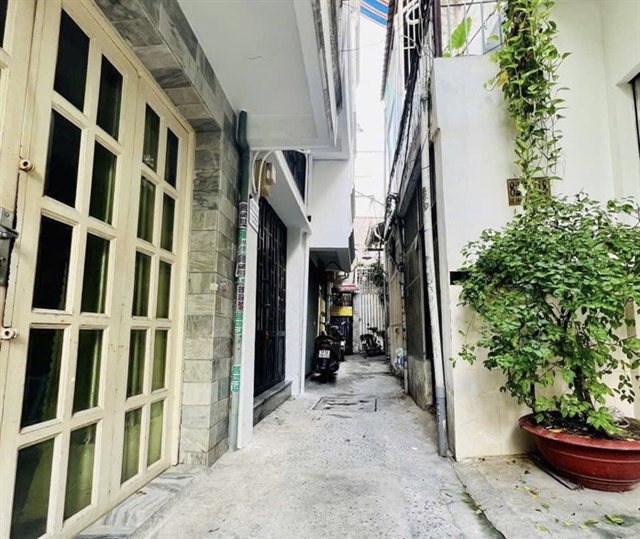
Houses in Ho Chi Minh City’s alleys, once sought-after, now face a stagnant market and low demand. |
Failing to Meet Modern Living Standards
As the small alley house segment lacks dynamism, many real estate investors who used to “ride the wave” on such properties have shifted strategies. Ms. Hong, an investor specializing in buying dilapidated houses for renovation and resale, shared that previously, each deal could yield a 10-15% profit. However, she now faces challenges, sometimes even cutting losses, coupled with high tax costs. As a result, she has decided to exit this segment and explore other investment opportunities, avoiding long-term capital immobilization.
Data from batdongsan.com.vn reveals that over the past year, listing prices for alley houses in Ho Chi Minh City’s inner wards have increased by only about 1.2%, still 5% below pre-COVID-19 peak levels. “Many listings advertise ‘alley accessible by car,’ but in reality, alleys are often occupied and cramped. In contrast, apartment prices are on the rise, with robust transactions,” Ms. Hong observed.
Real estate agents in the city center confirmed that prices for houses in small alleys have stagnated or remained unchanged throughout the year. Notably, older properties in deeper alleys require renovation and significant price reductions to attract buyers.
Some agents have even collaborated with investors to jointly invest in purchasing old houses at low prices, renovating them, and then reselling for profit. However, this model carries risks, as slow transactions and capital immobilization can reduce profit margins.
Mr. Ta Trung Kien, Director of News Property Real Estate Company, analyzed that small alley houses are becoming less desirable as they fail to meet modern living standards. Young people, in particular, tend to opt for apartments that offer amenities like swimming pools, supermarkets, and schools. Apartment living also aligns with their aspirations for car ownership, free from the hassles of finding parking in narrow alleys. Notably, apartments in the VND 2.5-3 billion range are easily rentable, and rental rates tend to be higher than those for alley houses.
|
Younger Generations Prefer Apartments From a broader perspective, Mr. Tran Khanh Quang, CEO of Viet An Hoa Real Estate Company, noted that real estate choices ultimately depend on the buyer’s purpose and preferences. While the traditional notion of “land ownership as an asset for future generations” used to drive purchases of alley houses, today’s young families are willing to live a bit further from the city center if it means having access to modern conveniences and a civilized living environment. “The rising demand for a comfortable lifestyle is why small alley houses are losing their appeal, and their profitability can’t compete with apartments,” Mr. Quang emphasized. |
Article and photos by SON NHUNG
– 07:19 02/09/2025
The Birth of a Global Financial Hub: Accelerating the Development of Ho Chi Minh City’s International Financial Center
The Ho Chi Minh City People’s Committee has urged all departments and sectors to expedite procedures, planning, and reporting to ensure the timely launch of the International Financial Center in September.
The Contrasting Scenes in Saigon’s Shopping ‘Paradise’: A Tale of Two Extremes
The National Day holiday witnessed contrasting scenes in Ho Chi Minh City’s commercial areas and supermarkets: while some spots were bustling with shoppers, diners, and revelers, others remained eerily quiet despite offering eye-catching products at attractive prices.





